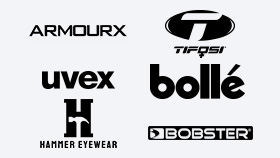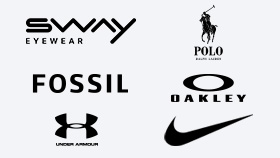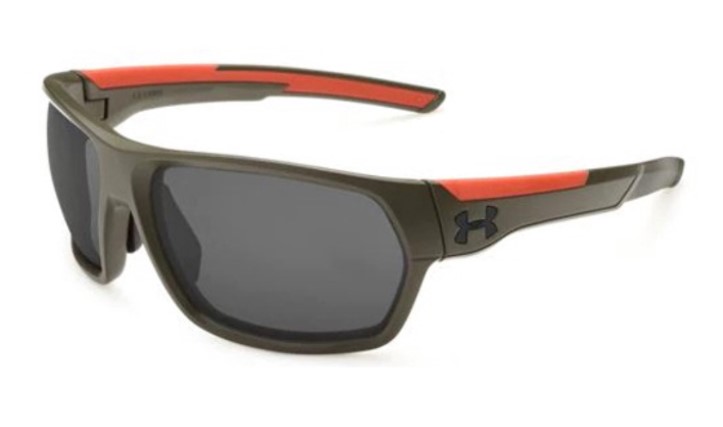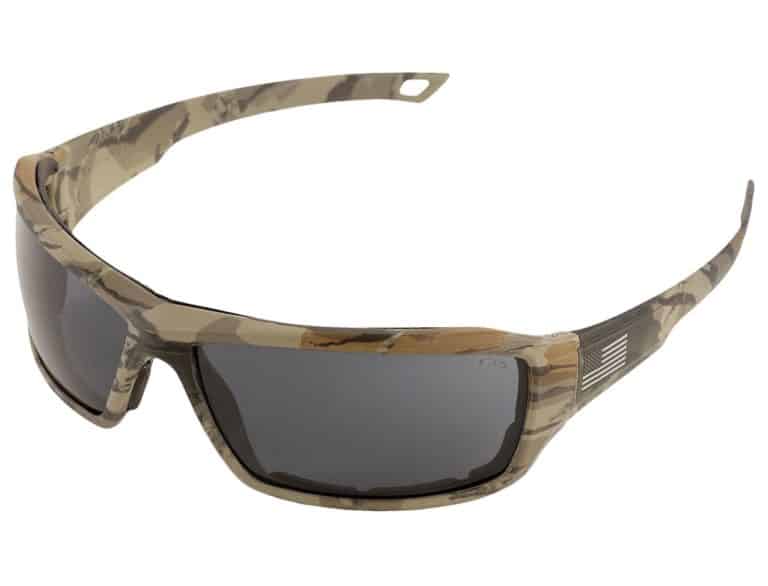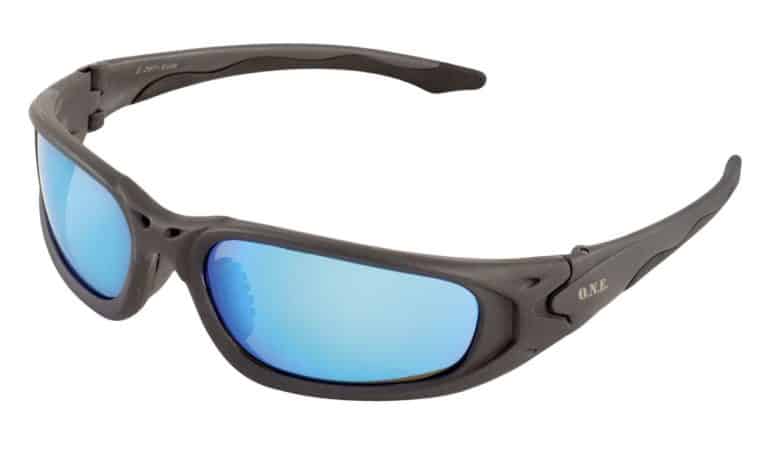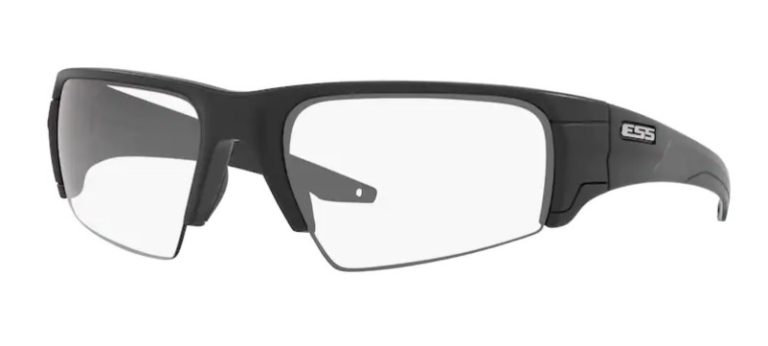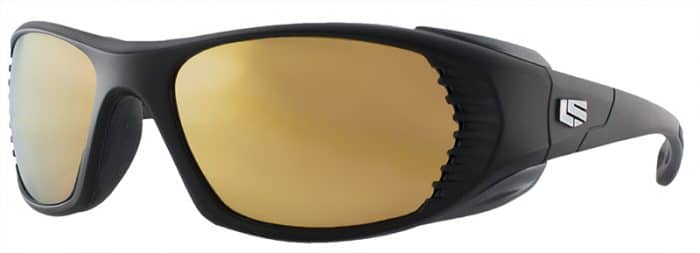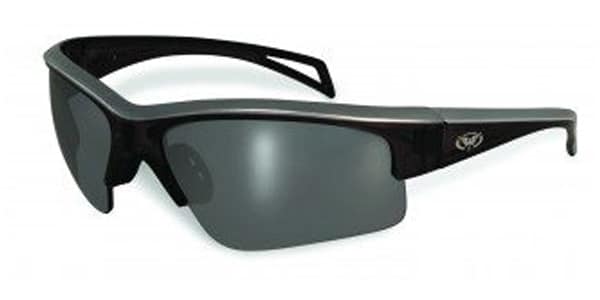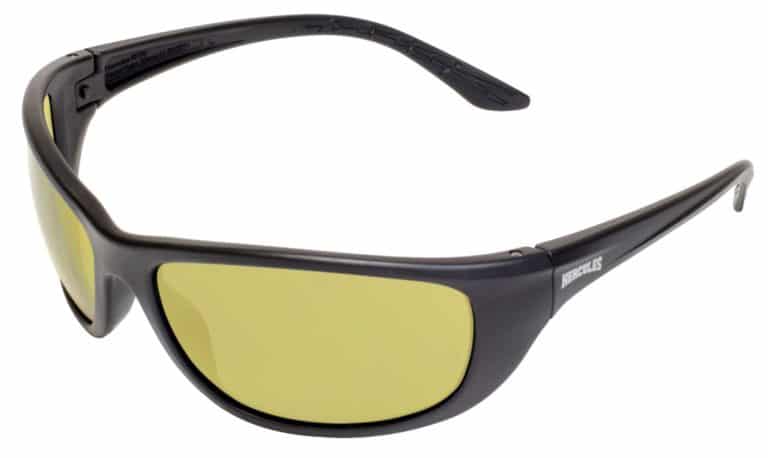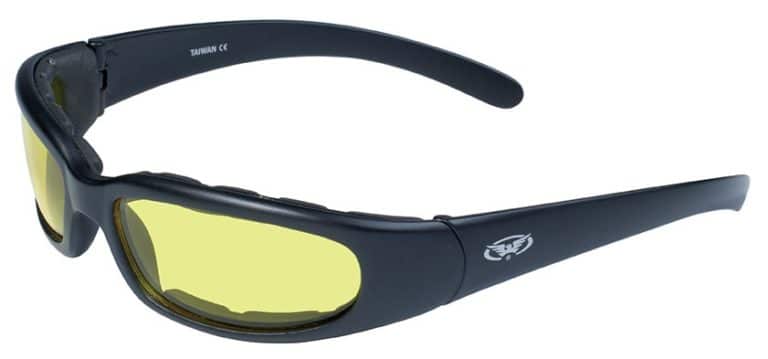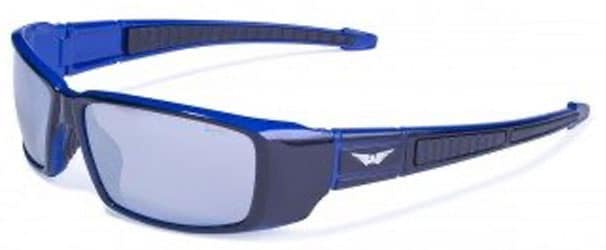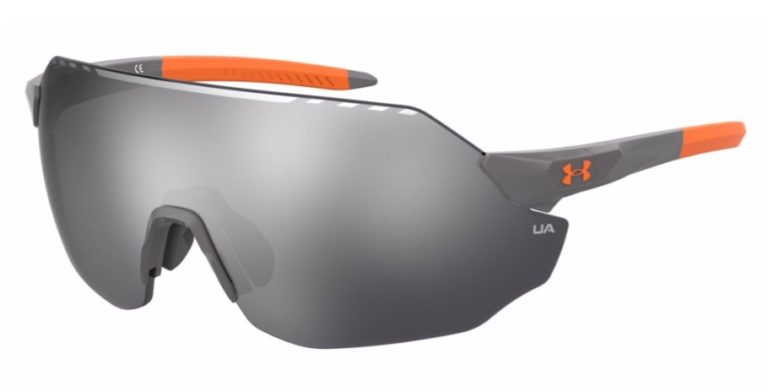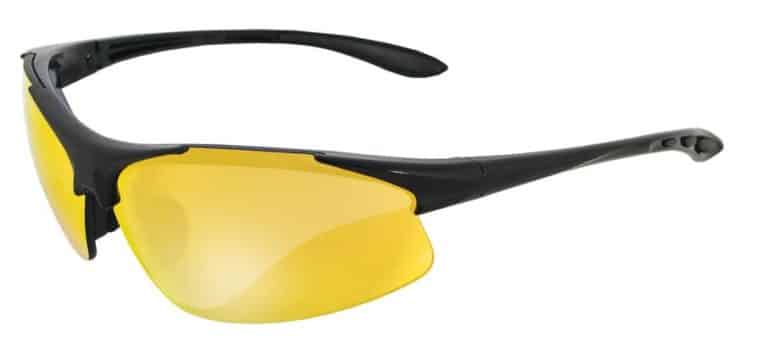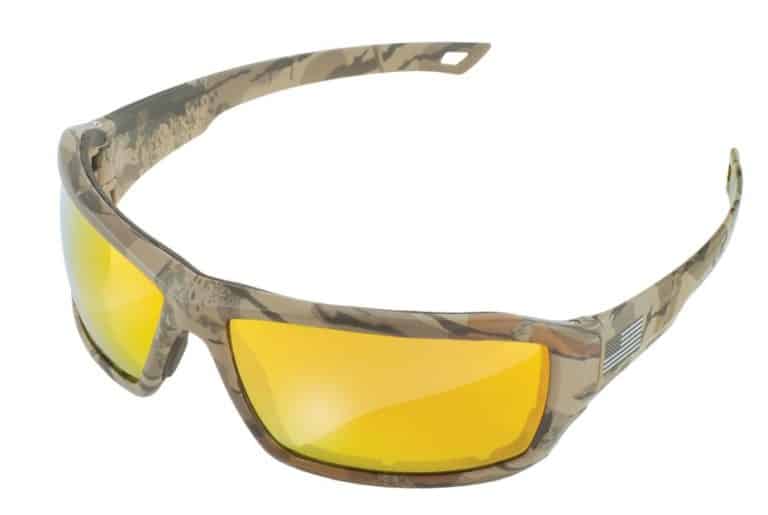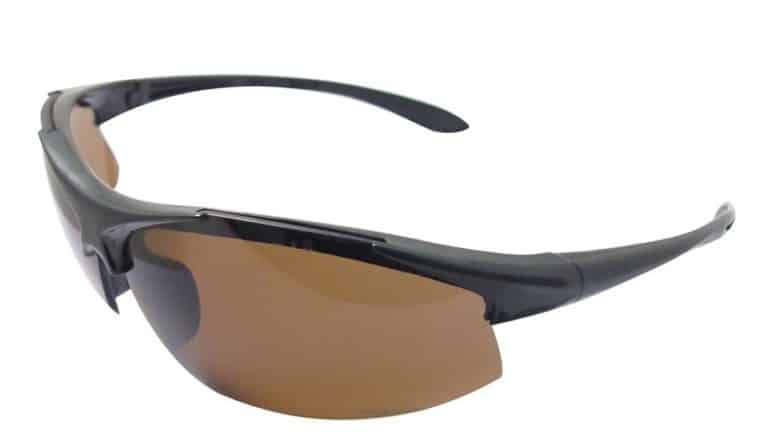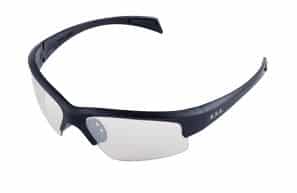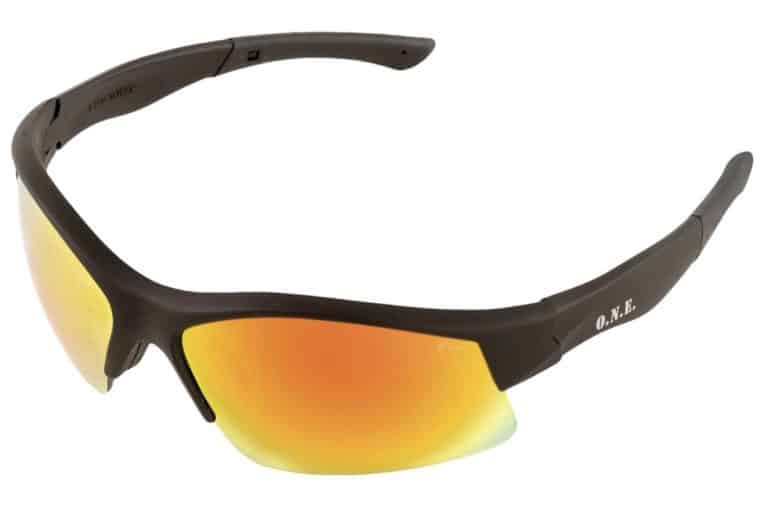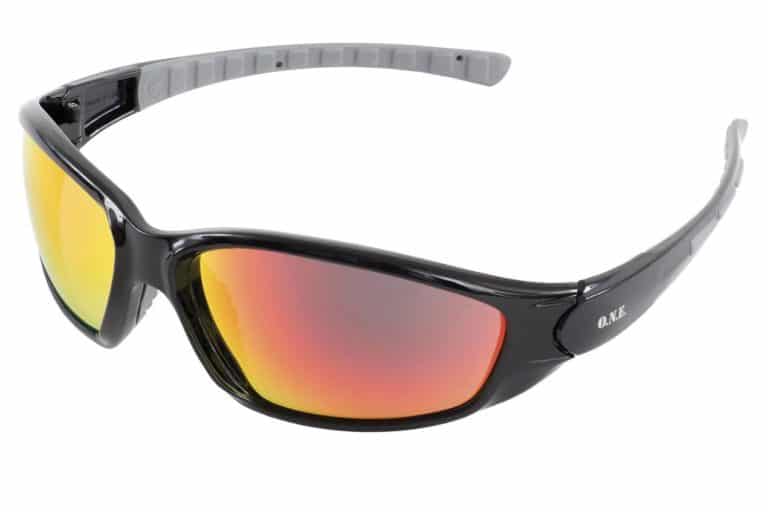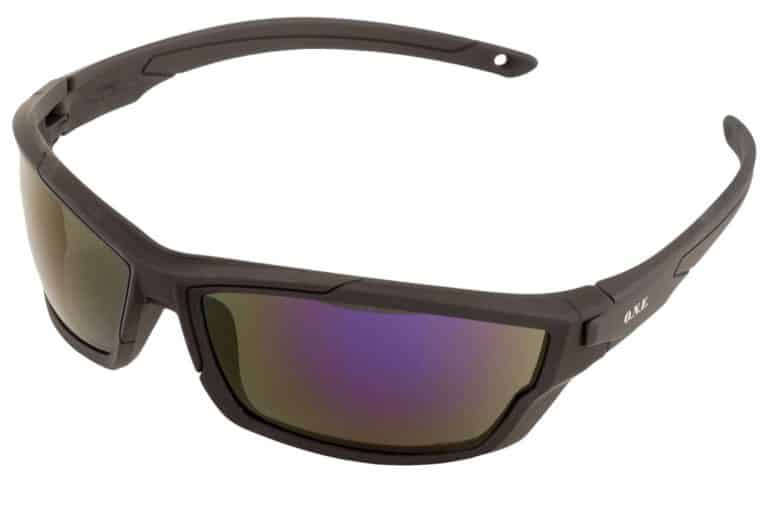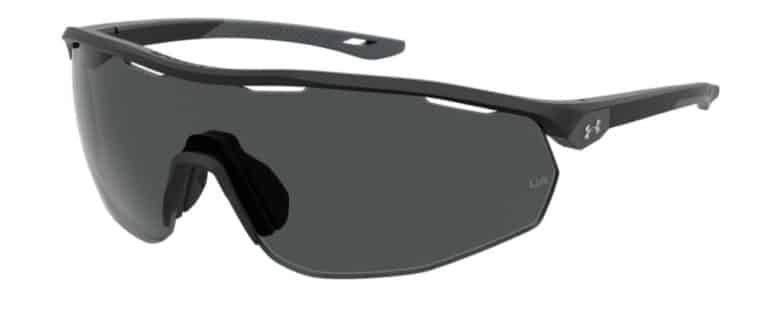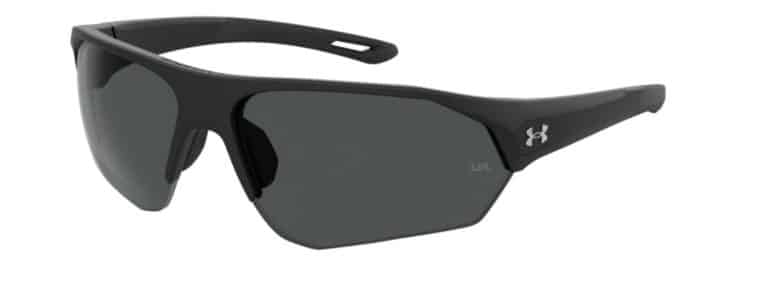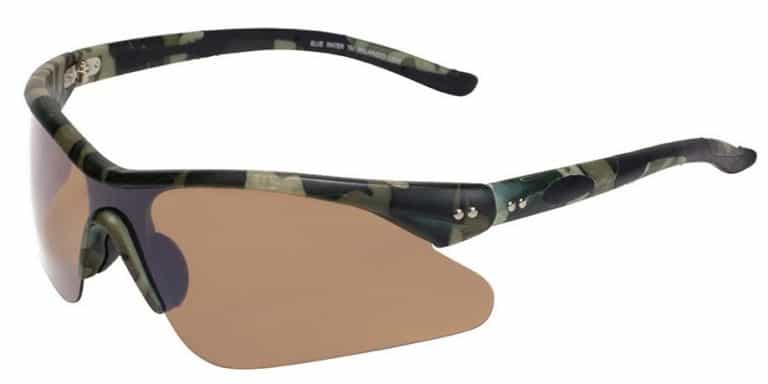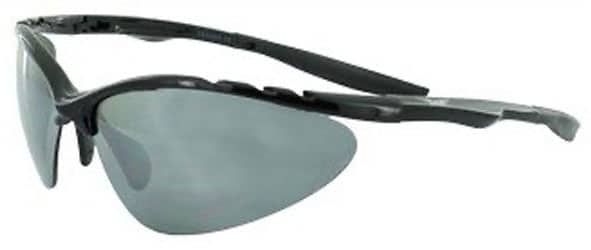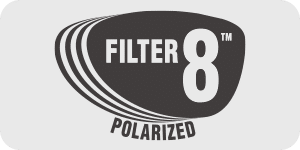The most commonly known impact-resistant prescription lens material are Trivex and Polycarbonate. Even though the two material have the same characteristics, they are manufactured in two completely different processes. Polycarbonate is created from a thermoplastic, and when it's produced, it starts off in a pellet form that is injected into a lens mold. In these molds, the pellets are heated and compressed until they bond and melt, becoming one solid material.
For tactical glasses, this injection-molded process is what makes the lens super soft yet still extremely durable upon impact. Trivex on the other hand, boasts incredible impart resistance similar to polycarbonate yet has one distinctive advantage when processed. Instead of beginning as a formed thermoplastic pellet, Trivex is a urethane-based monomer that is poured slowly into mold, which allows for sharper optics when compared to polycarbonate. Compared to other materials such as glass, CR-39 and other plastics, polycarbonate and Trivex are made softer. When an object hits glass, or CR-39, there is a higher risk that the lens will shatter and harm the wearer.



